- All Flags
- Flags of Countries by Continent
-
Flags of Organizations
- Flags of UN countries
- Flags of the European Union countries
- Flags of NATO countries
- Flags of the countries of the Organization of Islamic Cooperation
- Flags of the countries of the Organization of American States
- Flags of the Arab League countries
- Flags of the African Union countries
- Flags of the countries of the Union of South American Nations
- Flags of the Commonwealth of Nations
- Flags of the countries of the Secretariat of the Pacific Community
- Flags of the Nordic Council countries
- Flags of the Caribbean Community
- Flags of the countries of the Association of Southeast Asian Nations
- Flags of the East African Community
- Flags of the countries of the Organization of Turkic States
- LGBT Community Flags
- Historical Flags
- Ethnic Flags
- Flags of the USA (states)
Flag of Laos
The national flag of Laos, a landlocked country in Southeast Asia, is a powerful emblem that encapsulates the nation's journey through history, its geographical significance, and the aspirations of its people. Known for its serene landscapes, ancient temples, and the mighty Mekong River, Laos's flag tells a story of unity, freedom, and the vision o..
Flag of Lebanon
The national flag of Lebanon is a profound and instantly recognizable symbol, embodying the enduring spirit, rich history, and unique identity of a nation often described as the "Pearl of the Middle East." With its striking cedar tree at the heart, the flag tells a story of ancient heritage, resilience, and the deeply held aspirations of its people..
Flag of Macau
The Regional Flag of the Macau Special Administrative Region of the People's Republic of China is more than just a piece of cloth; it is a vibrant tapestry woven with the rich history, unique identity, and aspirations of Macau's people. Adopted on January 15, 1993, and officially hoisted on December 20, 1999, when Macau transitioned from Portuguese..
Flag of Malaysia
The national flag of Malaysia, affectionately known as "Jalur Gemilang" (Stripes of Glory), is a powerful and vibrant symbol that eloquently tells the story of the nation's rich history, diverse cultural tapestry, and aspirations for unity and progress. Adopted in its current form in 1963, following the formation of Malaysia, it beautifully encapsu..
Flag of Maldives
The national flag of the Maldives is a striking and meaningful symbol, embodying the island nation's deep-rooted cultural values, its unique geography, and its unwavering commitment to peace and prosperity. Floating amidst the azure waters of the Indian Ocean, the Maldivian flag tells a story of an ancient maritime history, a vibrant Islamic herita..
Flag of Mongolia
The national flag of Mongolia is a powerful and iconic symbol that beautifully encapsulates the nation's rich history, profound cultural heritage, and enduring aspirations. Its design, steeped in tradition and symbolism, reflects the unique identity of this vast landlocked country, famed for its nomadic culture, expansive steppes, and the majestic ..
Flag of Myanmar
The national flag of Myanmar (formerly Burma) is a vibrant and modern symbol that embodies the nation's aspirations for unity, peace, and prosperity. Adopted in 2010, it replaced an older design, marking a significant transition in the country's political landscape and its vision for a new era. This flag tells a story of a diverse nation striving f..
Flag of Nepal
The national flag of Nepal is a truly unique and deeply symbolic emblem, standing apart from every other national flag in the world due to its distinctive non-quadrilateral shape. Far more than just a piece of national insignia, it embodies the nation's profound history, its enduring independence, and the aspirations of its people, all set against ..
Flag of North Korea
The national flag of the Democratic People's Republic of Korea (DPRK), commonly known as North Korea, is a highly symbolic emblem that reflects the nation's political ideology, historical trajectory, and its guiding principles. Adopted in the tumultuous aftermath of World War II and the Korean War, the flag is a potent representation of Juche, the ..
Flag of Oman
The national flag of the Sultanate of Oman is a powerful symbol of its rich history, distinct identity, and vision for the future. It gracefully combines traditional Arab colors with unique elements that tell the story of a nation that has navigated centuries of maritime power, cultural depth, and remarkable modernization. More than just a national..
Flag of Pakistan
The national flag of Pakistan is a profound symbol of the nation's founding principles, its rich Islamic heritage, and the aspiration for unity and progress among its diverse population. Known affectionately as the "Subz Hilali Parcham" (Green Crescent Flag), it was officially adopted on the eve of Pakistan's independence, representing a new dawn f..
Flag of Palestine
The national flag of Palestine is a powerful and evocative symbol of the Palestinian people's identity, their enduring struggle for self-determination, and their deep connection to their homeland. It represents a continuous narrative of resistance, resilience, and hope for a future state. While officially adopted by the Palestine Liberation Organiz..
Flag of Qatar
The national flag of Qatar is a striking and instantly recognizable emblem, deeply rooted in the nation's history, culture, and geographical identity. Adopted in its current form in 1971, the year Qatar declared its full independence from British protection, it stands as a powerful symbol of sovereignty, resilience, and the unique heritage of the Q..
Flag of Saudi Arabia
The national flag of Saudi Arabia is a profoundly significant symbol, instantly recognizable by its striking green field, the prominent Shahada (Islamic creed) written in white Thuluth script, and a white saber positioned beneath the text. More than just a national emblem, it embodies the Kingdom's deep religious identity, its historical foundation..
Flag of Singapore
The national flag of Singapore is a vibrant and deeply symbolic emblem that encapsulates the aspirations, values, and unique identity of this dynamic island nation. Unveiled on December 3, 1959, when Singapore achieved self-governance from British colonial rule, it was carefully crafted to represent the diverse population and the collective vision ..
Flag of South Korea
The national flag of South Korea, universally known as the Taegeukgi (태극기), is a profound embodiment of the nation's philosophical heritage, its journey through history, and the enduring aspirations of its people. Far more than a mere national symbol, it represents the harmonious balance of the universe, the resilience of the Korean spirit, and the..
Flag of Sri Lanka
The National Flag of Sri Lanka, affectionately known as the "Lion Flag" (Sinha Dhvaja), is a powerful and vibrant emblem that encapsulates the island nation's rich history, diverse heritage, and enduring aspirations. Adopted officially on February 4, 1948, the day Sri Lanka (then Ceylon) gained independence from British rule, and further refined in..
Flag of Syria
The "Independence Flag" of Syria is a powerful historical emblem, distinct from the current official flag. This green, white, and black tricolor, featuring three red stars on its central white stripe, represents a significant period in Syria's journey towards independence and its subsequent political struggles. For many, especially within the Syria..
Flag of Syria (1980-2024)
The national flag of Syria, in use from 1980 until late 2024, served as a prominent emblem of the Syrian Arab Republic during a significant period of its modern history. This flag, deeply rooted in Pan-Arab ideology, symbolized the nation's commitment to Arab unity, freedom, and the principles championed by the Ba'ath Party. Its design reflects asp..
Flag of Taiwan
The National Flag of the Republic of China (Taiwan), often referred to simply as the Flag of Taiwan, is a potent and historically rich symbol. It represents a complex political entity with a unique history and an ongoing geopolitical status that makes its flag particularly significant, both domestically and internationally. While visually striking,..
Flag of Tajikistan
The national flag of Tajikistan is a powerful symbol of the nation's rich history, cultural heritage, and aspirations for the future. Adopted on November 24, 1992, it was one of the first national symbols of the newly independent Republic of Tajikistan after the collapse of the Soviet Union. The flag's design and colors are deeply rooted in Persian..
Flag of Thailand
The national flag of Thailand, affectionately known as Thong Trairong (Thai: ธงไตรรงค์), meaning "tricolor flag," is far more than a mere national emblem; it is a profound representation of the Kingdom's enduring values: Nation, Religion, and Monarchy. Officially adopted on September 28, 1917, the Thong Trairong stands as a vibrant testament to Tha..
Flag of the British Indian Ocean Territory
The Flag of the British Indian Ocean Territory (BIOT) is a distinctive emblem representing one of the United Kingdom's most remote and strategically important overseas territories. This flag, though less widely known than many national flags, holds significant symbolic weight for the territory and its administration, particularly given the unique n..
Flag of the Cocos Islands
The Flag of the Cocos (Keeling) Islands is a profound visual representation of this remote and culturally rich Australian external territory. Situated in the Indian Ocean, these islands are a unique blend of natural beauty, historical depth, and a distinctive local identity shaped by generations of Cocos Malay heritage. This flag, though relatively..
Flag of the Imperial Japanese Army
The Imperial Japanese Army Flag, often recognized as the Rising Sun Flag (Kyokujitsu-ki), is a deeply symbolic and, for many, controversial emblem. While visually similar to the naval ensign, this version was primarily associated with Japan's ground forces and their actions during a period of significant imperial expansion. It carries immense histo..






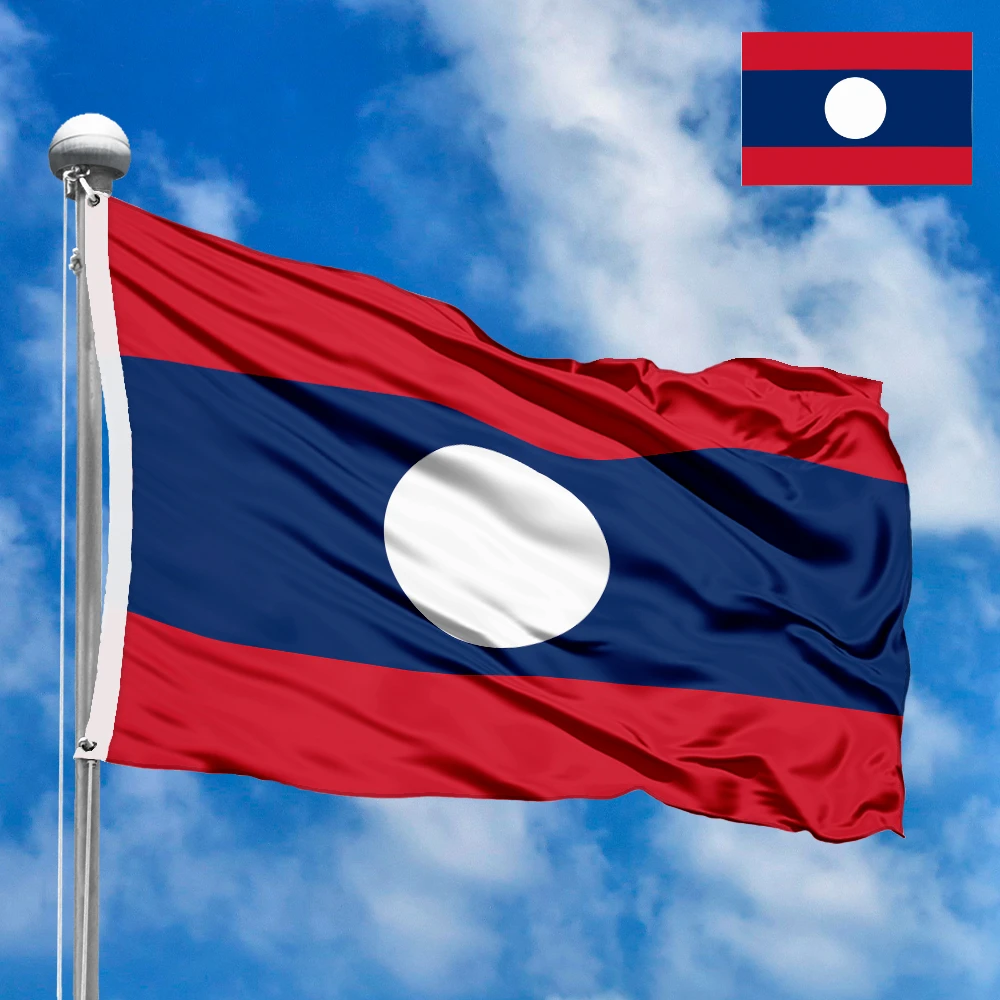







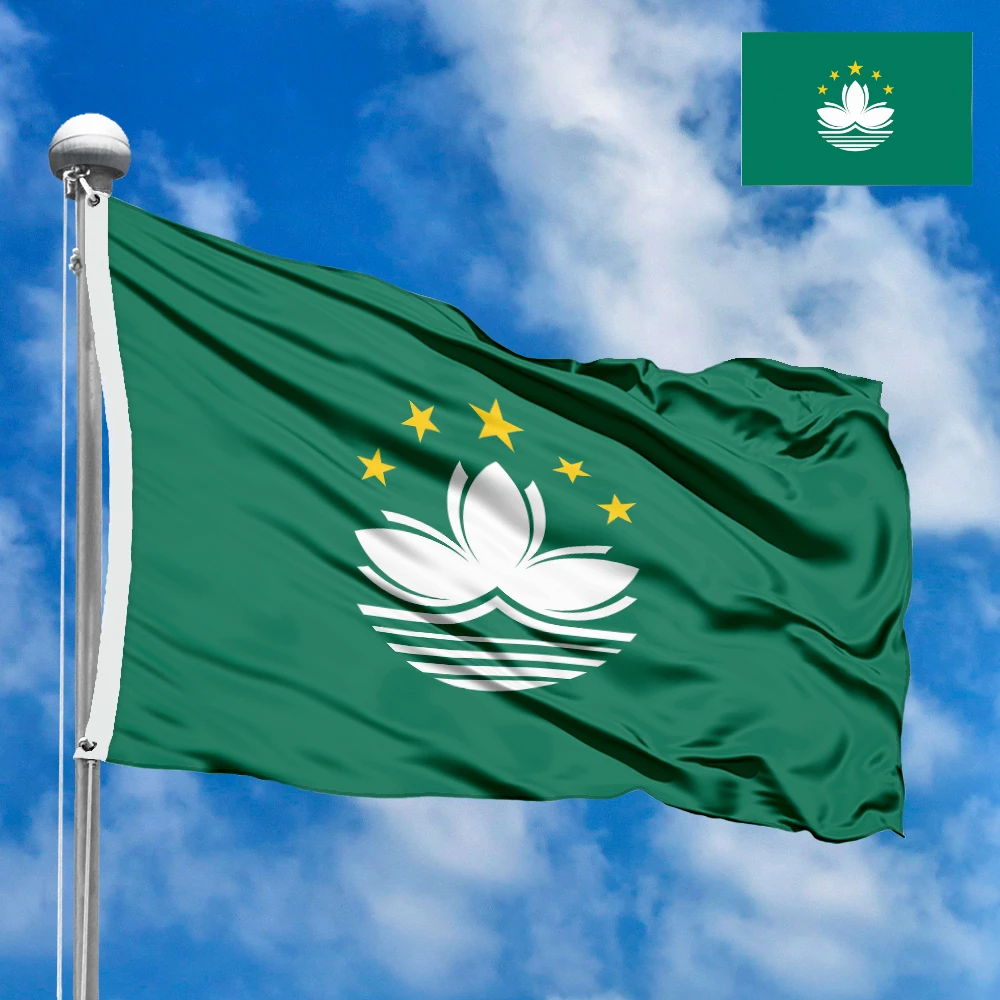















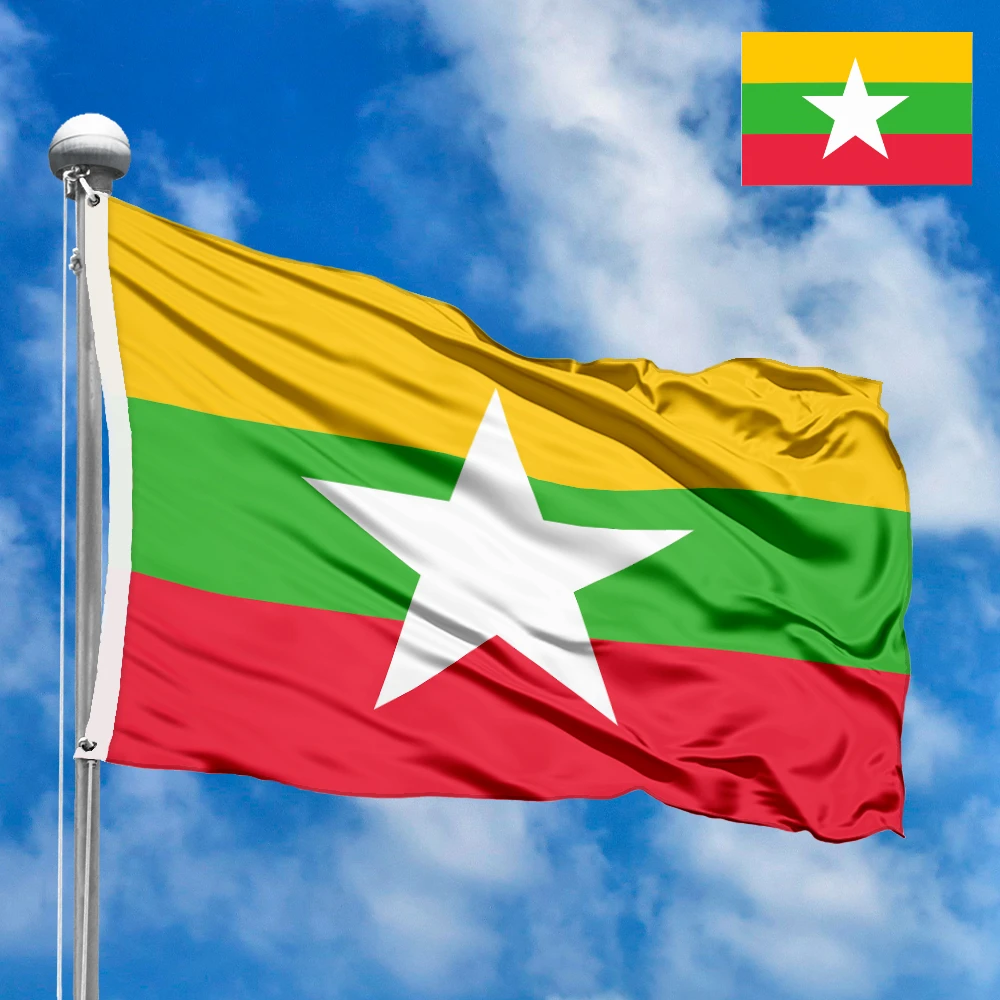







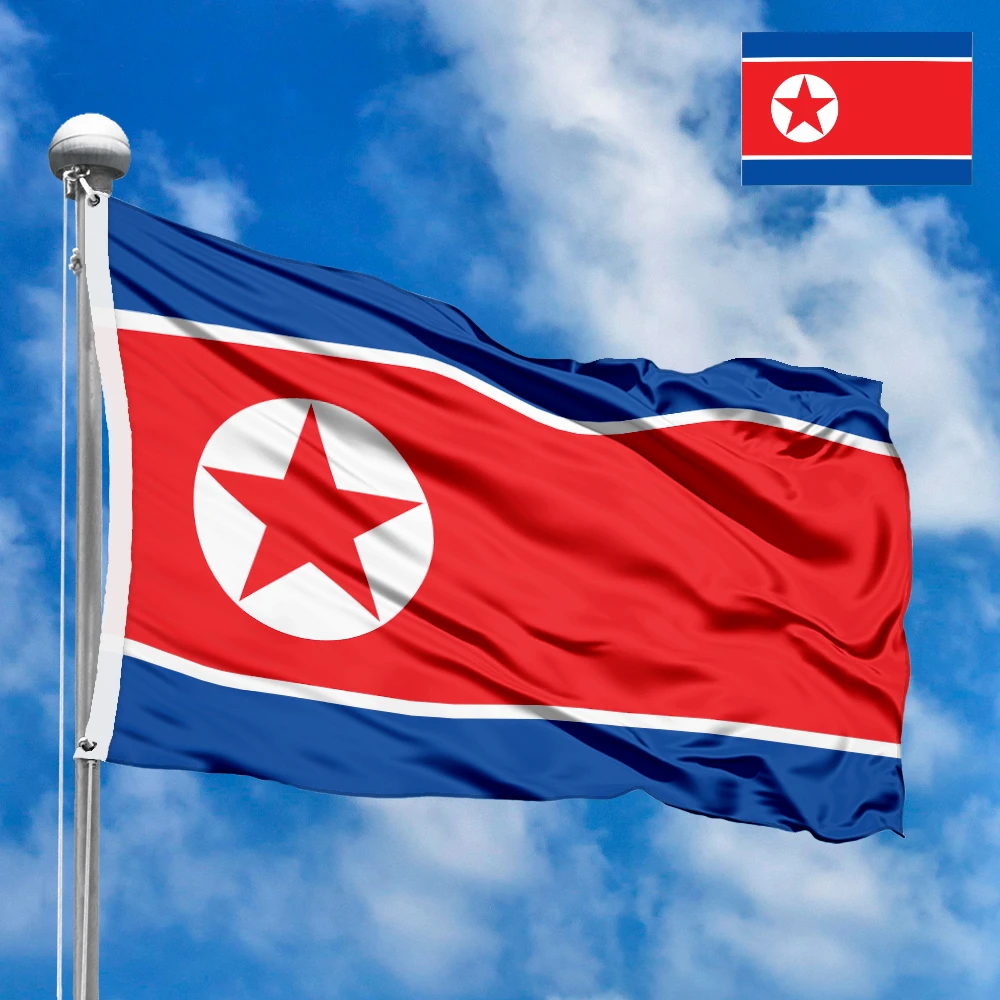







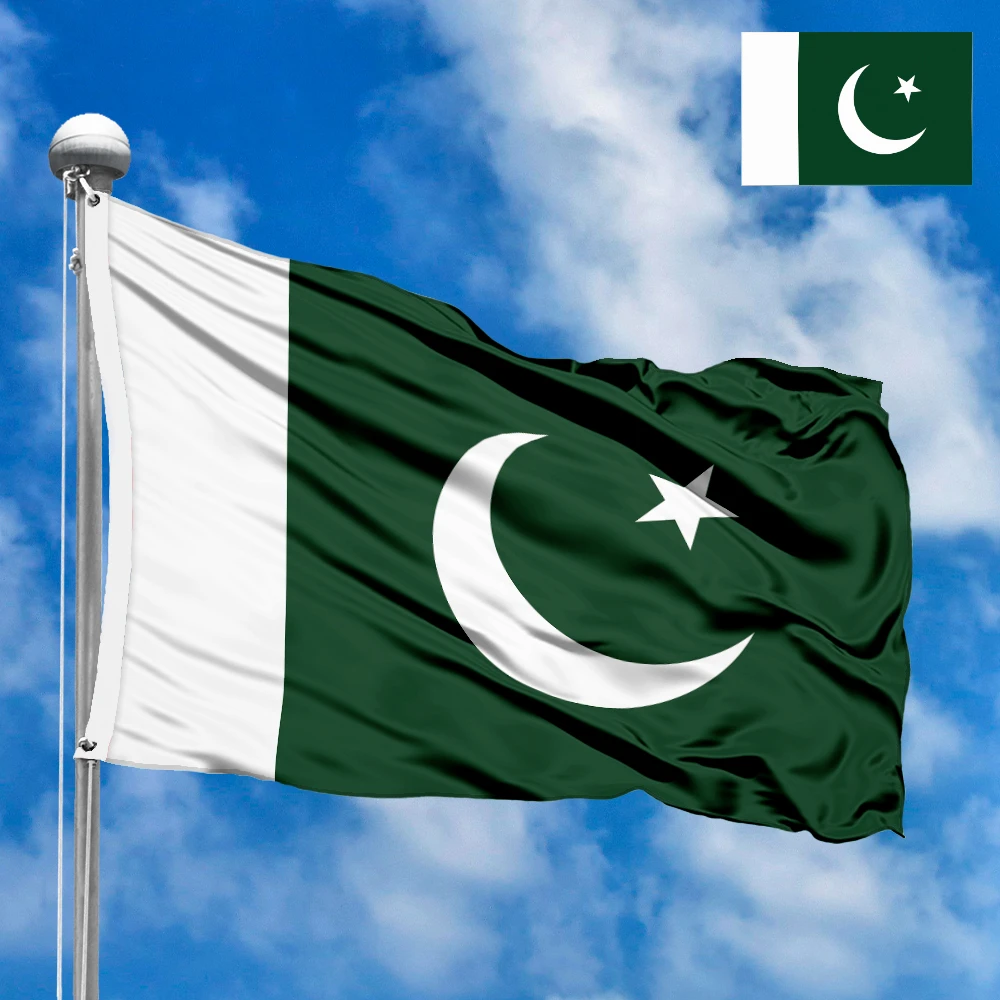



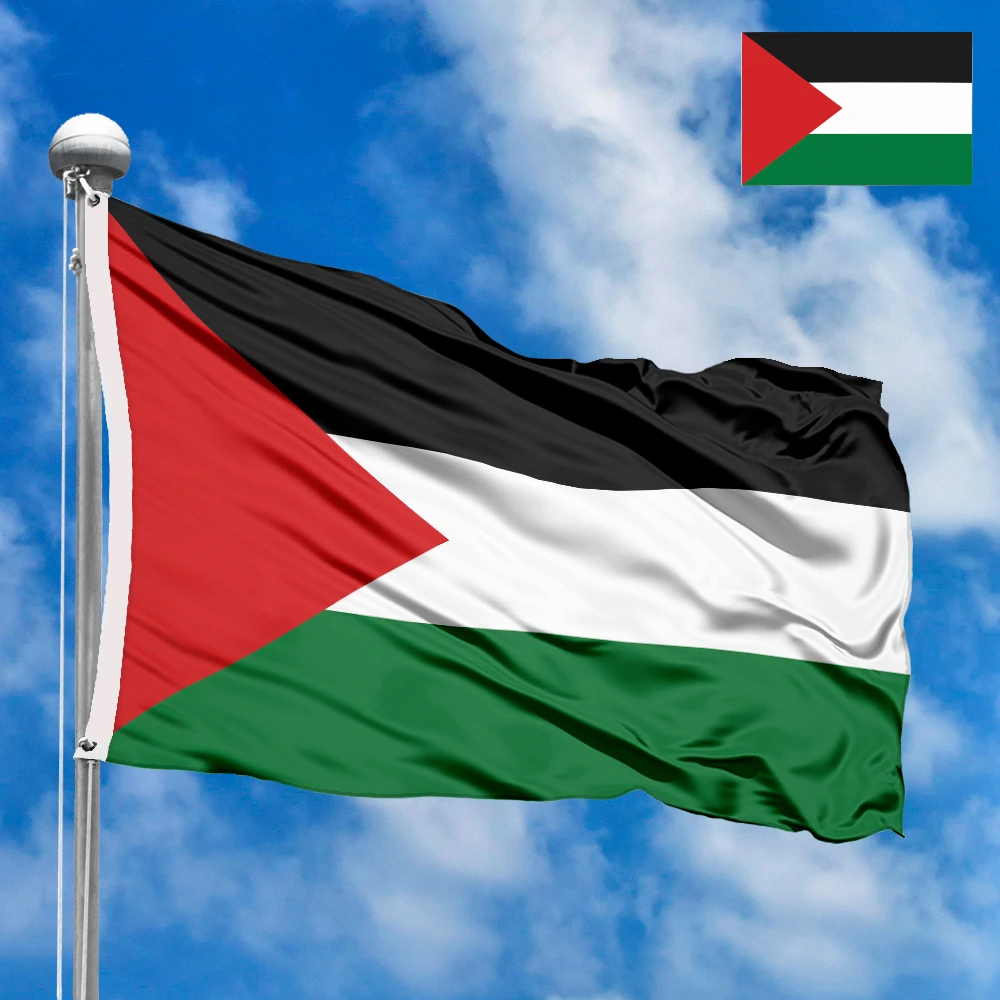



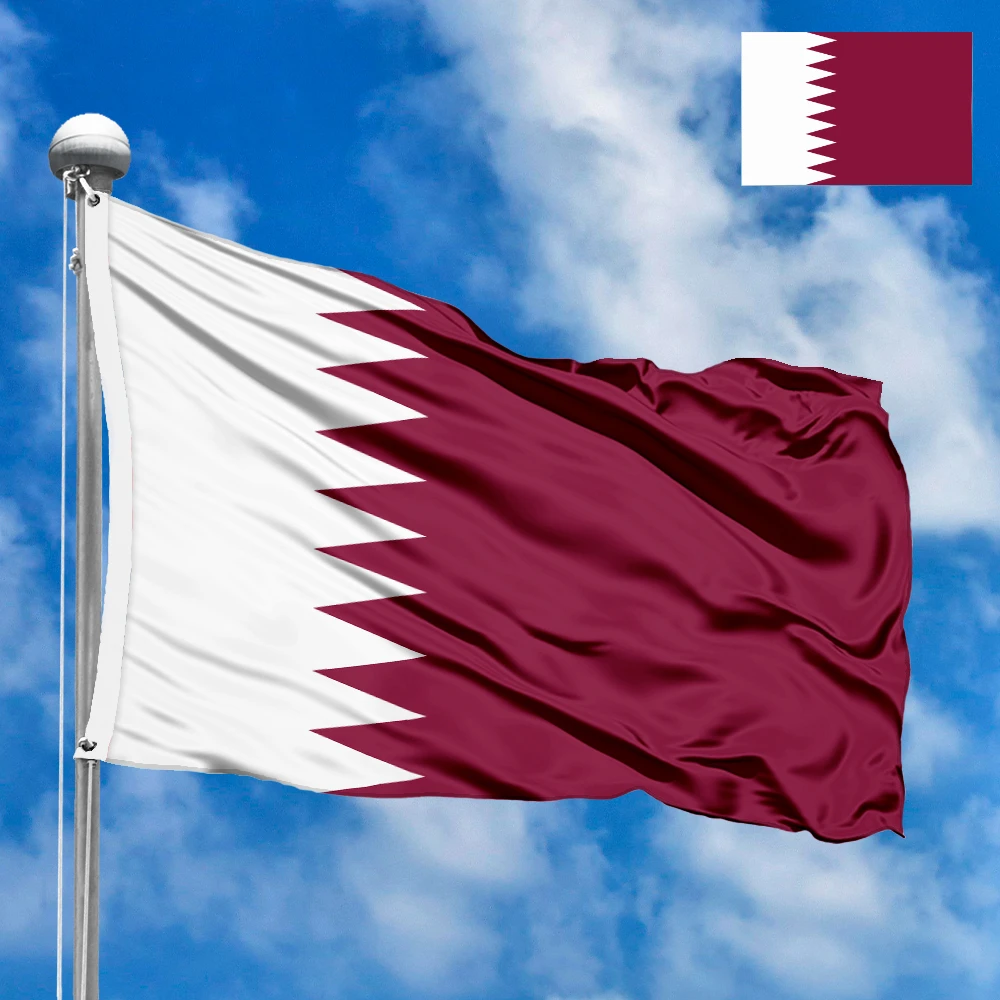



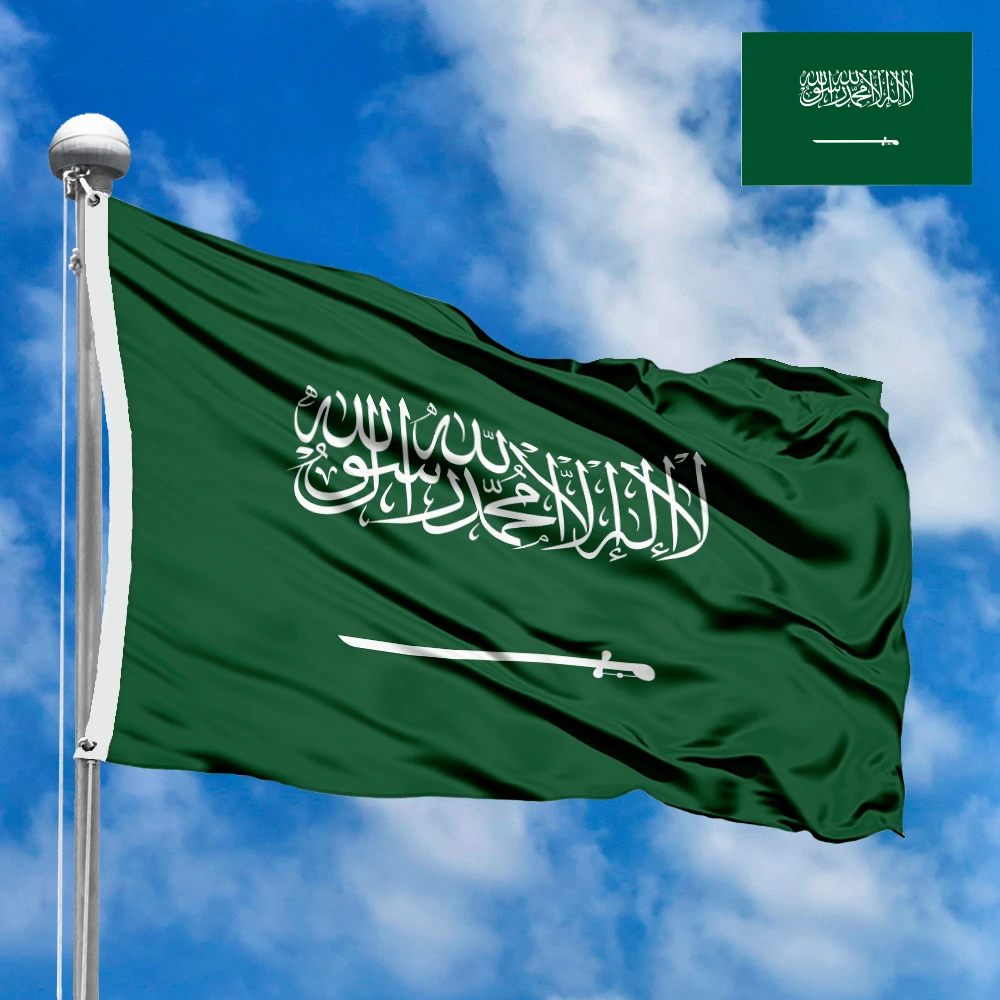



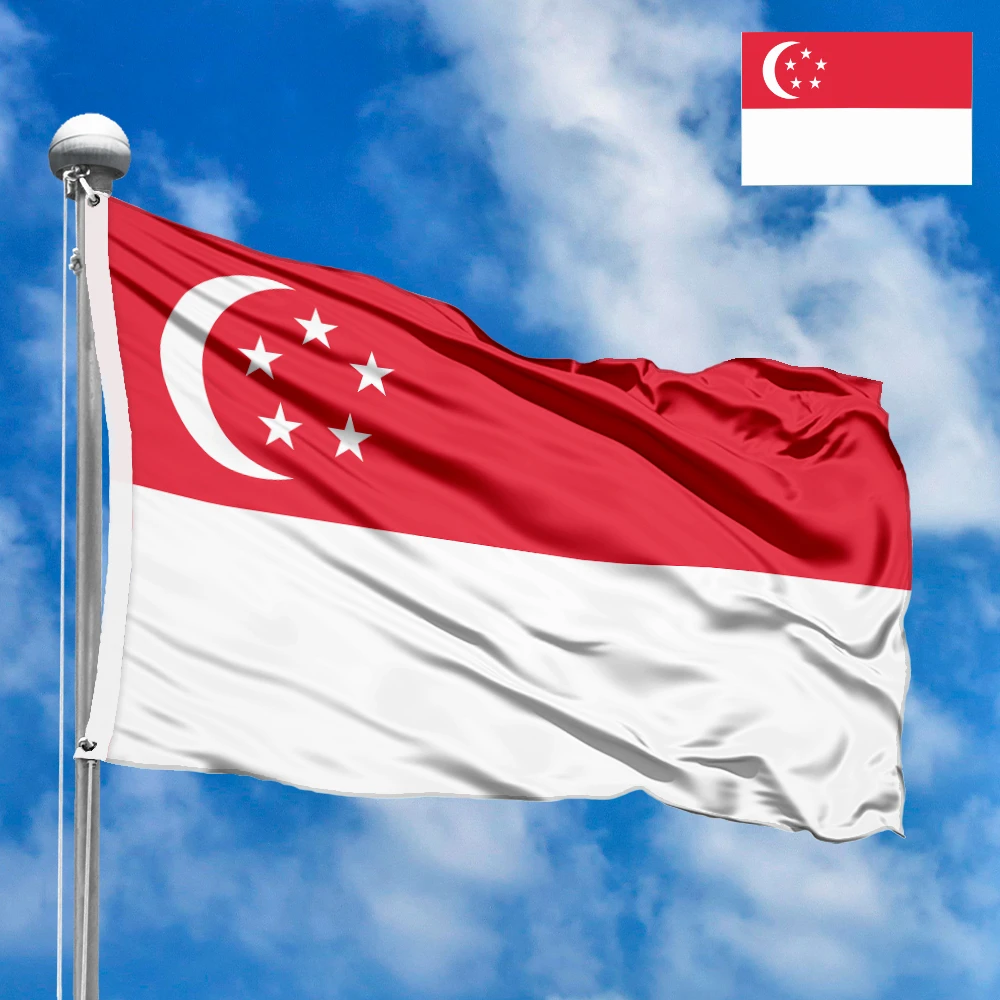



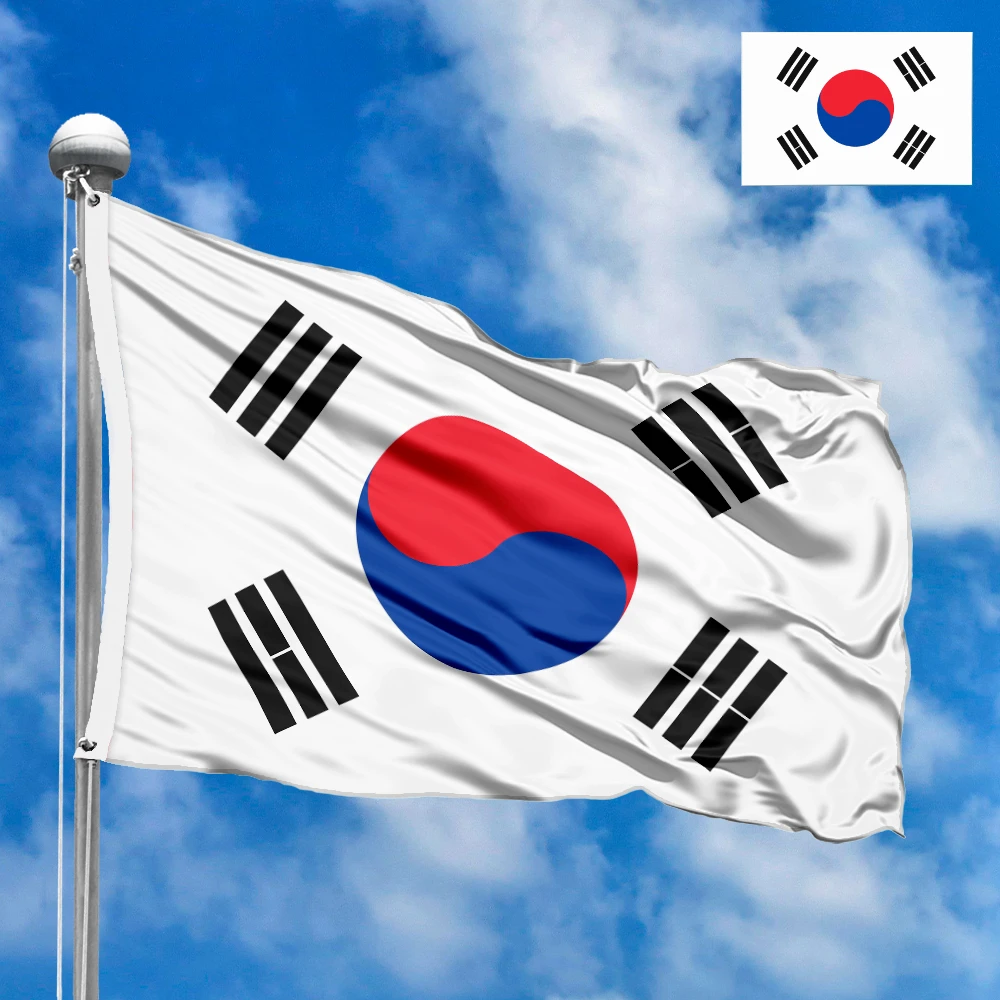



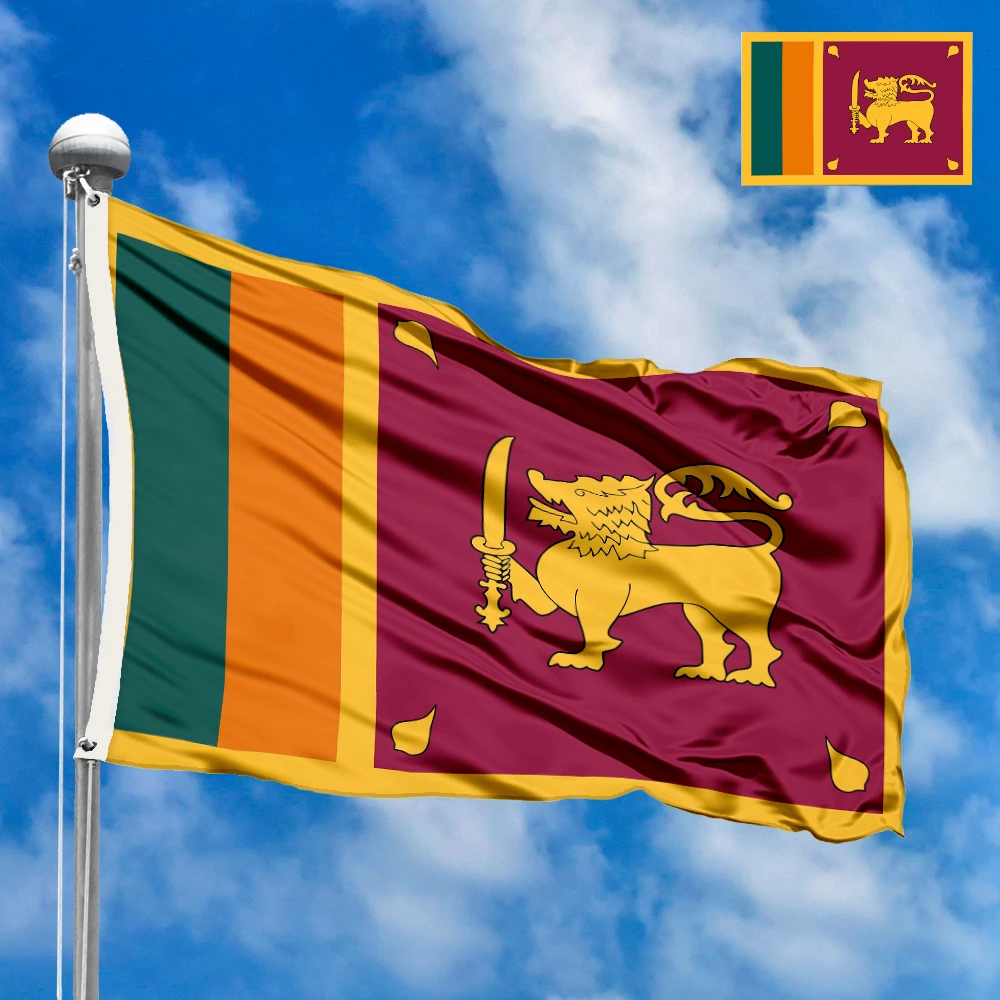



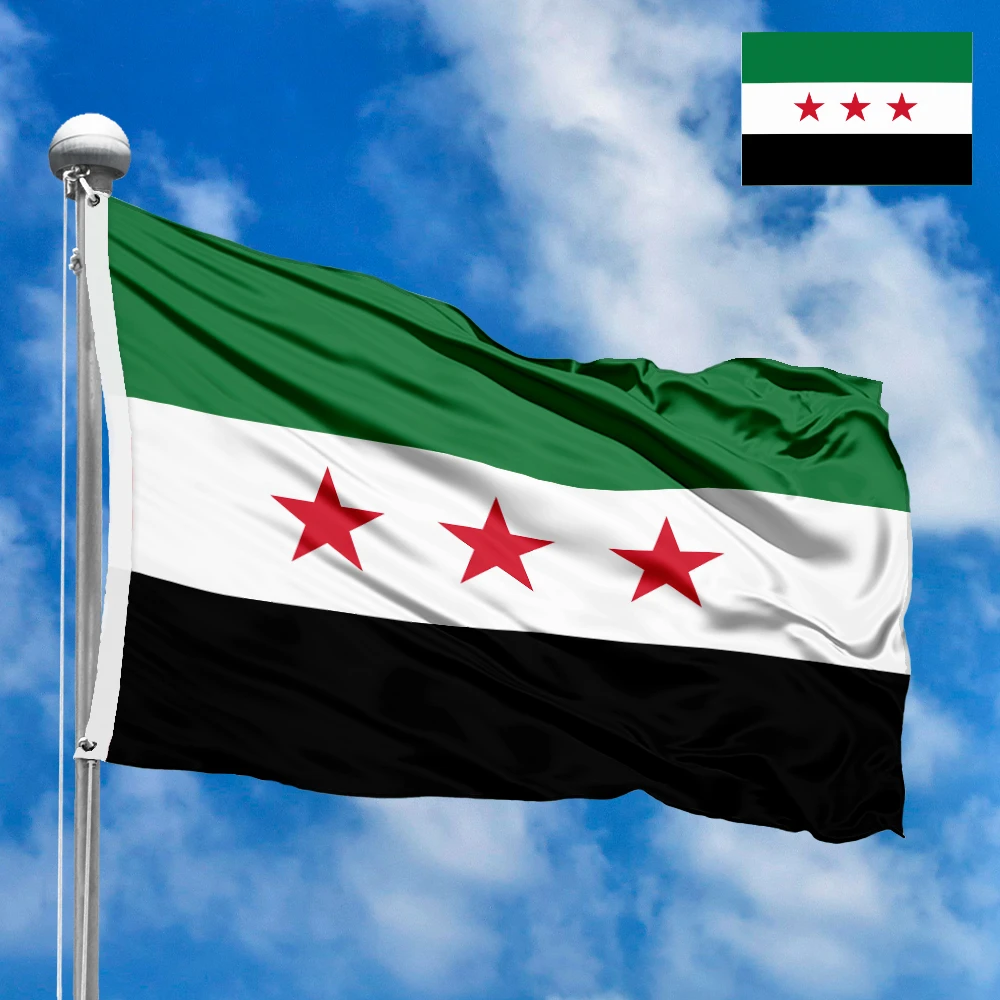







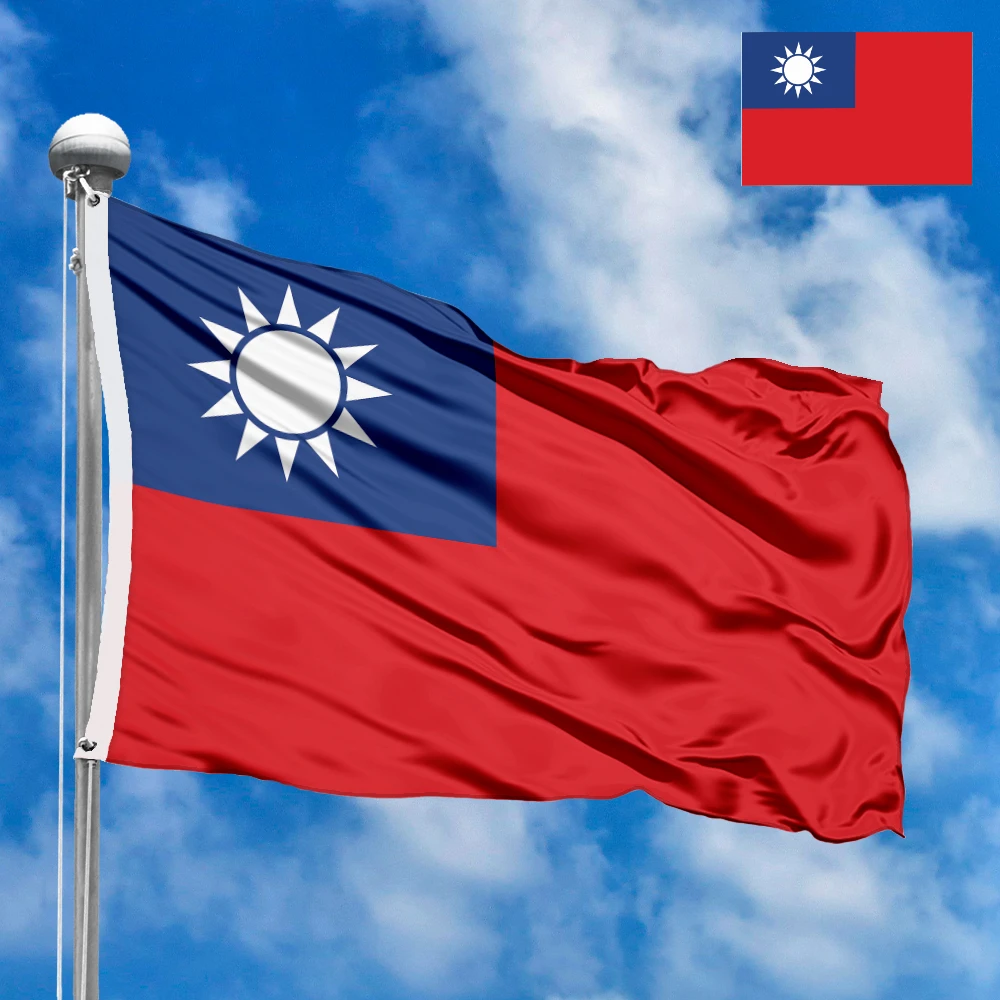



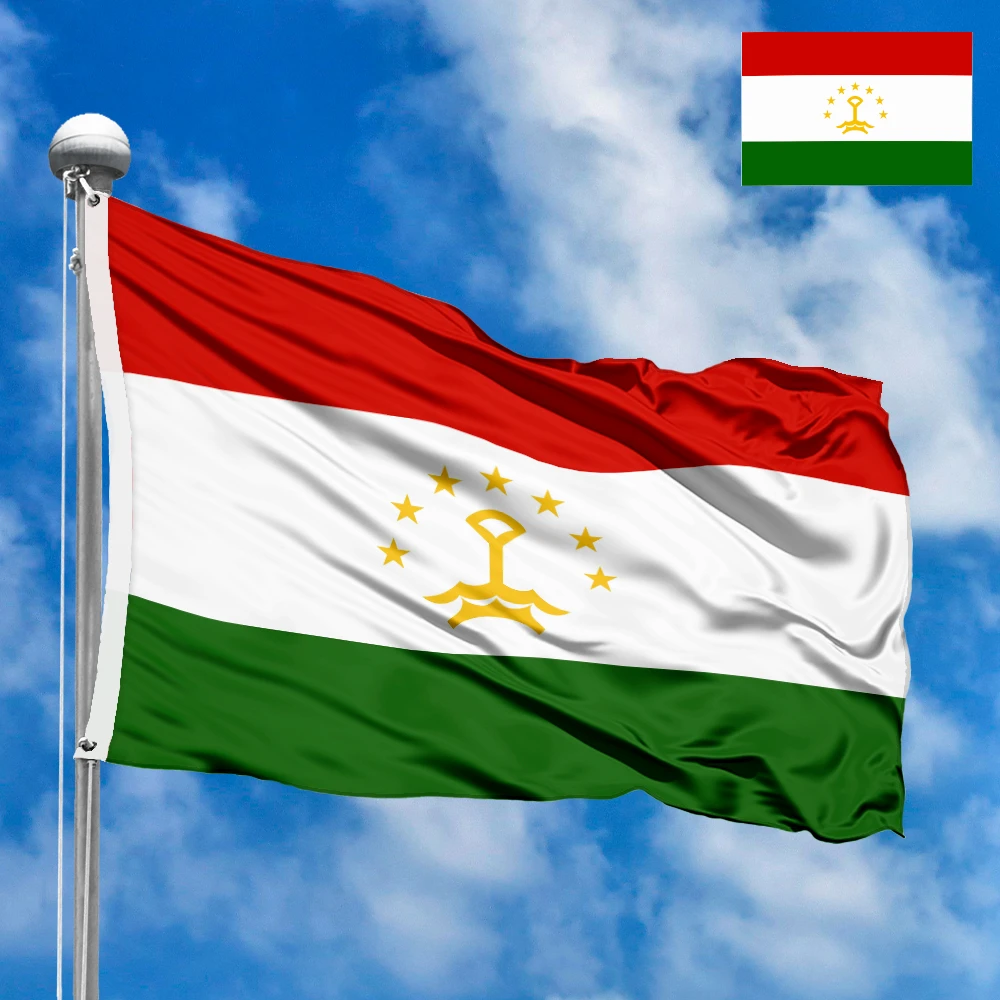



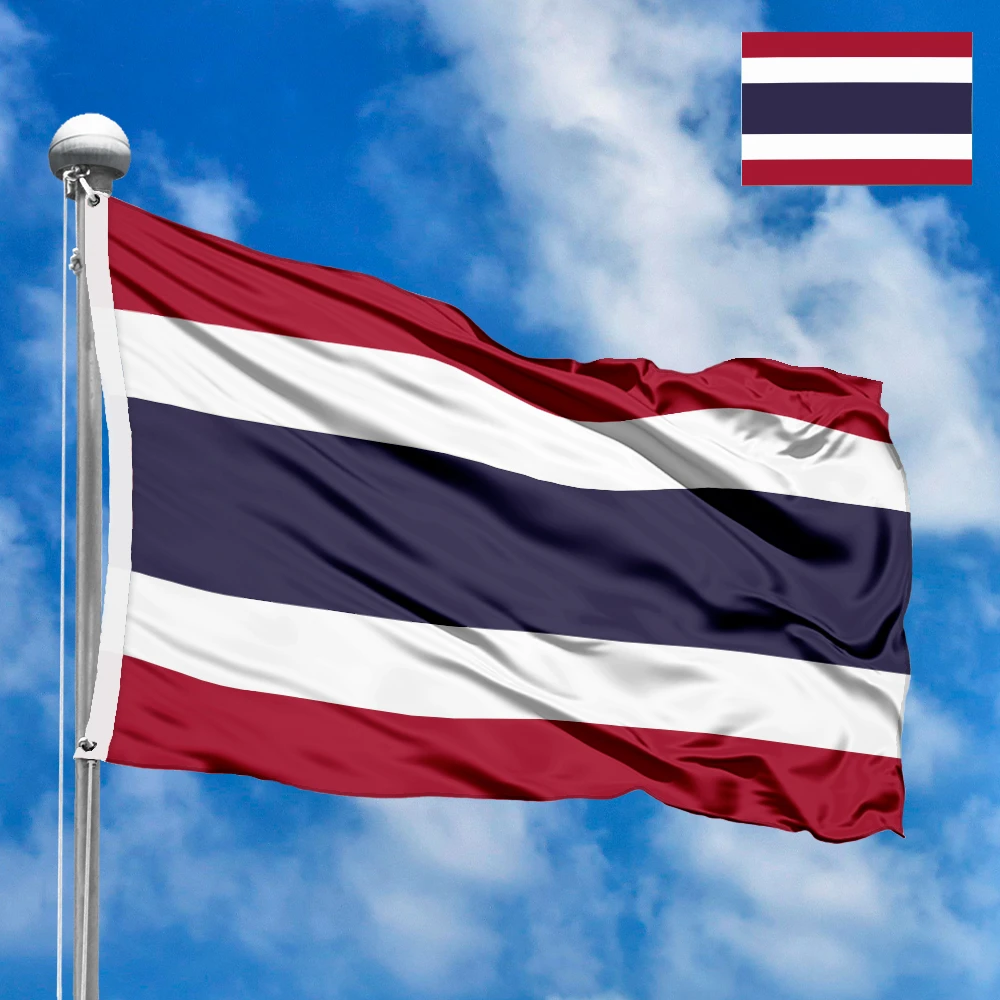











 Flags of Europe
Flags of Europe Flags of Asia
Flags of Asia Flags of Africa
Flags of Africa Flags of North America
Flags of North America Flags of South America
Flags of South America Flags of Australia and Oceania
Flags of Australia and Oceania Flags of Antarctica
Flags of Antarctica Flags of International Organizations
Flags of International Organizations LGBT Community Flags
LGBT Community Flags Historical Flags
Historical Flags Flags of the US States
Flags of the US States Ethnic flags
Ethnic flags